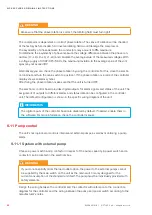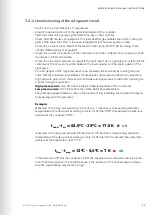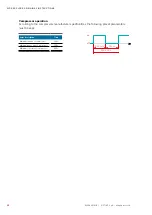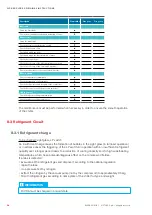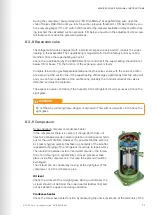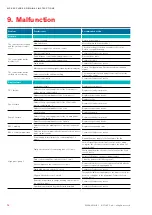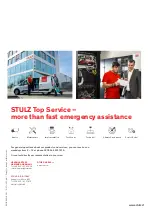
76
EN/06.2016/i01 © STULZ S.p.A. – all rights reserved
WPA ExPlOrEr OrIGINAl INSTrUCTIONS
10. Dismantling and disposal
The decommissioning of the chillers must be carried out by experienced and qualified person-
nel for the operations required.
DANGEr
ExPlOSION HAZArD:
in carrying out any operation specified in this chapter avoid any
open flames near the refrigerant pipes when the cooling system is under pressure.
Do not bring open flames near damaged or perforated pipes as the refrigerant gas vapours,
mixed with the oil of the compressor, may ignite producing toxic gases.
1. Turn the chiller to the SYSTEM OFF mode by touching the ON-OFF button on the touchscreen.
2. Turn the main switch to 0.
3. Disconnect the power supply from the power cables and prevent any voltage reset.
4. Open the protective panels of the powerboard and disconnect the power cables.
5. Drain the cooling circuit recovering both the refrigerant and the lubricating oil.
WArNING
Do not dispose of the cooling gas into the atmosphere. The cooling gas must be recovered
by a qualified refrigerator technician and, if not reused, sent to an authorized disposal centre.
Even the PVE oil of the compressor must be recovered and sent to an authorized disposal
centre. Since the oil forms a mixture with the refrigerant it can not be disposed of as
common lubricating oil.
6. Unplug the unit from the water circuit after closing the shut-off valves and drain the water
from the hydraulic circuit of the chiller.
WArNING
If you use water additives (glycol), even water must be recovered and disposed of safely,
avoiding to disperse it into the environment or into the sewage system.
7. handle the unit as described in paragraph "3.3 Transport" at page 16
8. Dispose of the unit according to local regulations on disposal and safety regulations in force
at the installation site. It is advisable to contact a specialized recycling company. Basically, the
unit contains the following raw materials: aluminium (exchangers and condensers); copper
(exchangers, refrigerant pipes and electric cables), galvanized steel and iron (evaporator and
condensers, panels and metal frames); rubber (water pipes).

